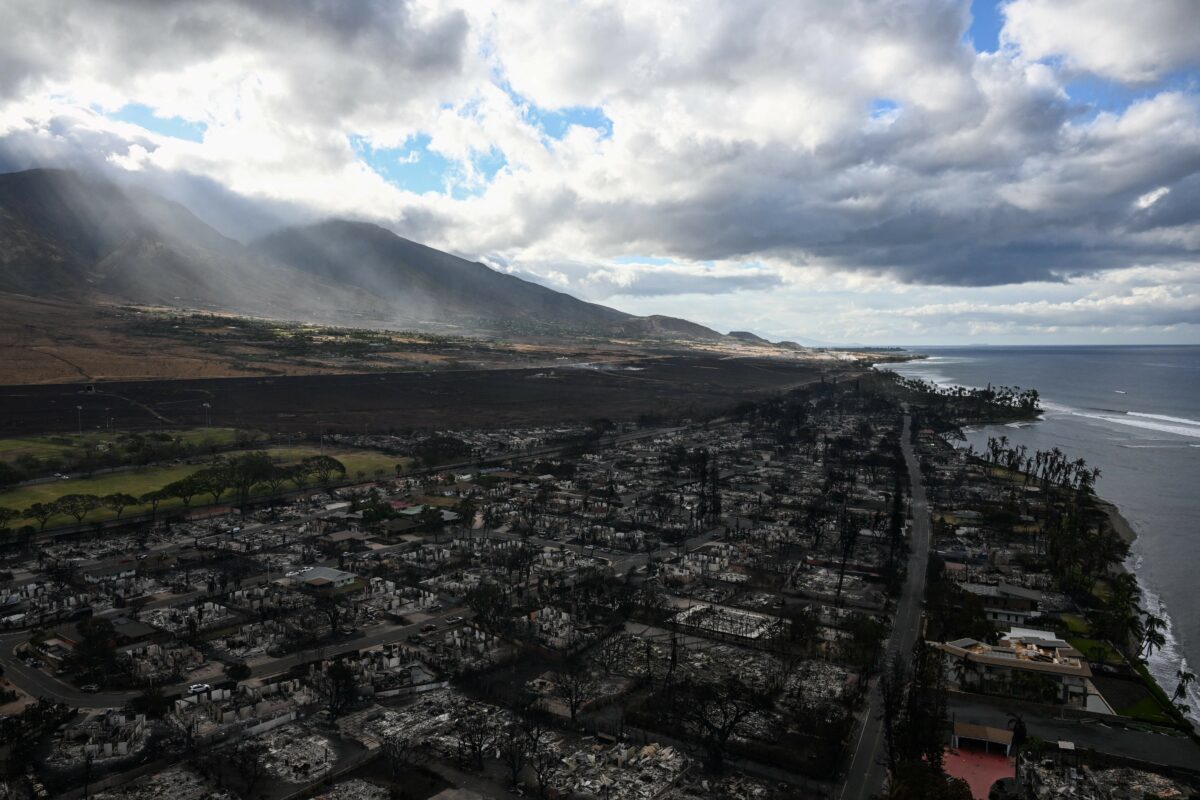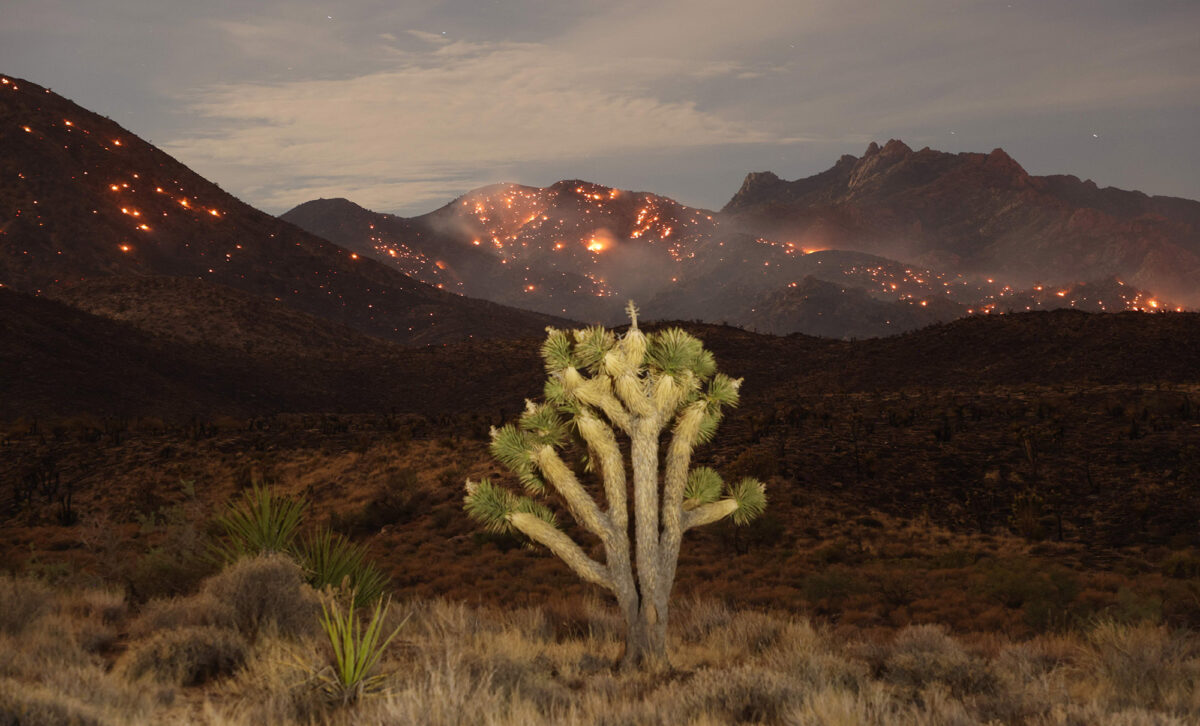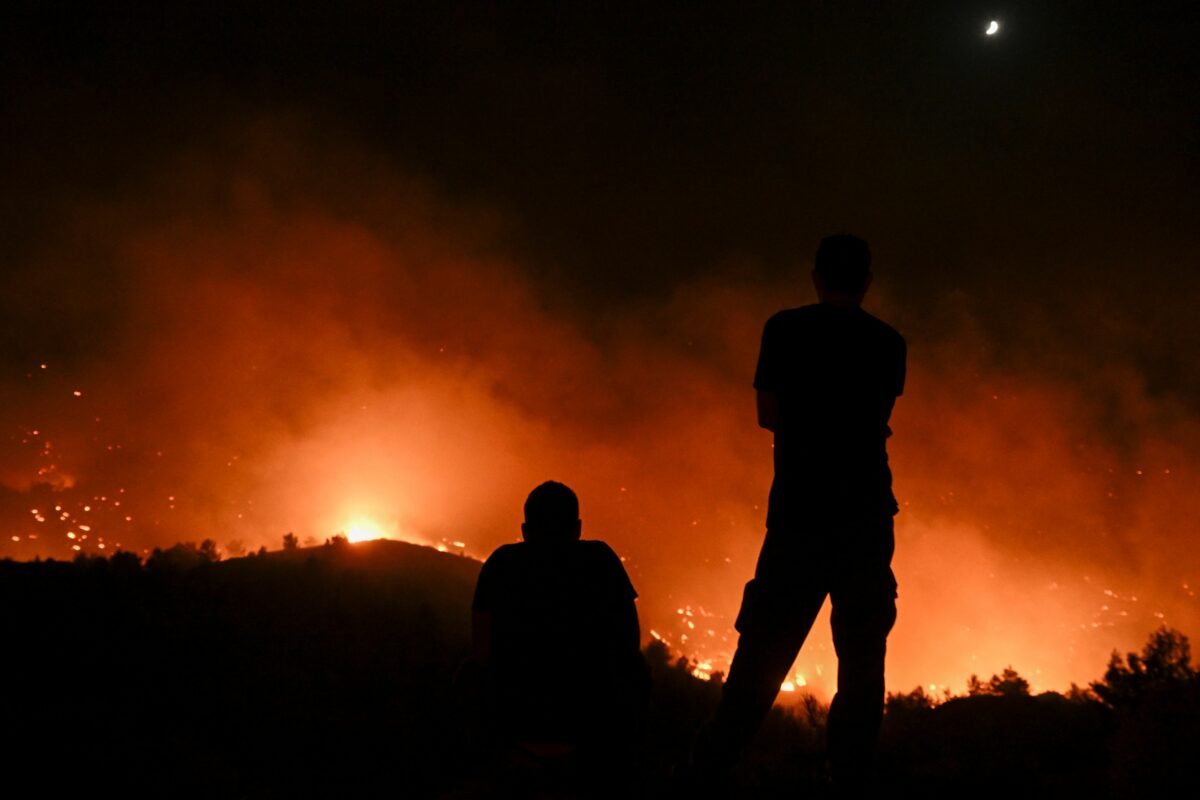Several former New Orleans Saints players are stepping up to support their home state — the Hawaiian island of Maui was recently ravaged by deadly wildfires, and guys like retired linebacker Manti Te’o and Pro Bowl center Max Unger doing their part to help relief efforts. Unger recently spoke about the situation and encouraged anyone with the means to help out to do so.
“It’s hard to read the articles and kind of follow it blow-by-blow, just because it’s so unthinkable,” Unger said on Seattle sports radio with hosts Brock Huard and Mike Salk. “I know that area pretty well. I haven’t spent a lot of time there but I know a handful of people who live there, people I played (football) with, it’s hard. You drive by there and realize it’s, for the most part, completely gone. It doesn’t compute with me.”
Unger acknowledged that something he’s cherished about life on the islands — he’s a fifth-generation Hawaiian, with long-running family ties on The Big Island — is the isolation and privacy from busy life on the American mainland, but that same partitioning becomes a challenge when emergency strikes. So he’s all the more grateful to see so many people reaching out to help.
He also spoke on the topic on another Seattle sports talk show with Dave Mahler and Dick Fain: “There’s just a lot of need right now, it’s just a call to anyone who’s got anything to spare. Donate to your favorite charity, I know there’s a lot there. There’s a lot of people out there who are in dire, dire need of help.”
The Saints got a good one in Unger, and odds are the Seahawks would love the chance at a do-over — they’re still searching for his replacement after cycling through nearly a dozen different centers since trading him to New Orleans back in 2015. Unger went on to win Pro Bowl recognition with the Saints before retiring on his own terms and going home to the islands.
[lawrence-auto-related count=3]











